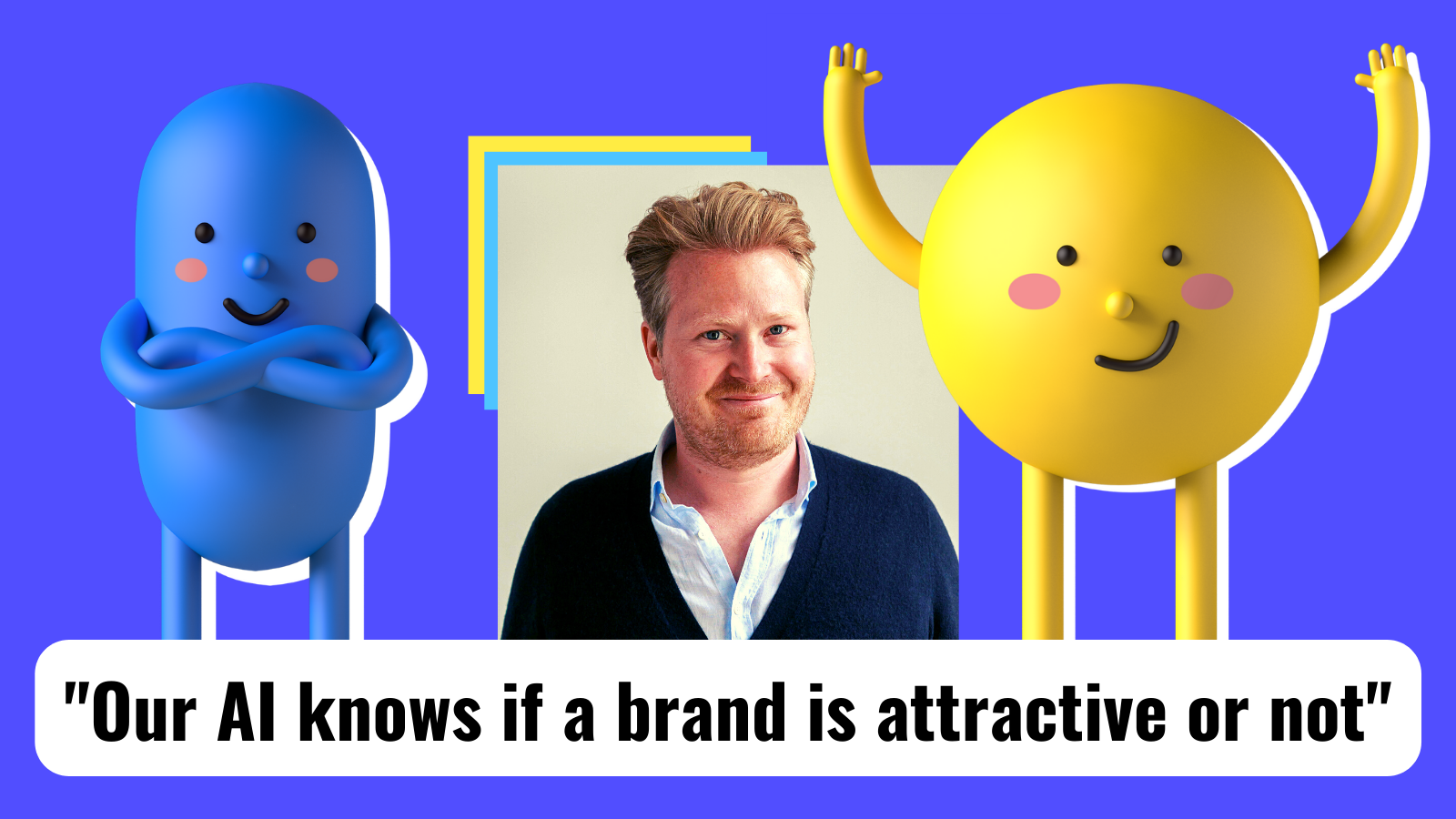This interview has been led by Compado’s editorial staff, on-site, in Berlin, Germany, on Friday, October 28. Press-related enquiries can be submitted here.
Engineering Blog: You claim that Compado is a Platform for Contextual Marketing – A platform that brands can use to reach Purchase-Motivated Audiences. Can you elaborate what a Purchase-Motivated Audience is and what technologies are used to identify and influence Purchase-Motivated Audiences?
Andreas Hoogendijk: “A Purchase-Motivated Audience is a group of people that are ready to buy; people that are in the market for a product or service. We’re pretty good at identifying and attracting shoppers online, and we help them to find matching brands, too.
Picture someone who would like to learn a new language and is looking for a language-learning app. We’ll help that user to find what he’s looking for, by recommending a single brand, by showing a ranking table of various brands, or by having that user take a quiz to find a matching brand – to name just a few of our frontends.
It’s true, to identify and guide Purchase-Motivated Audiences, we’re using a wide range of technologies. Examples include audience detection and contextual advertising technologies – or scoring technologies to understand the attractiveness of brands in our inventory.”
Engineering Blog: Google has Searchers, Taboola has Discoverers, Compado has Purchase-Motivated Audiences. What is the difference between those 3 and what makes Compado’s audiences special?
Andreas Hoogendijk: “A Searcher is a user of a search engine. In the western world, that most often equates to Google. A Searcher has a problem or question, and wants to find a solution or an answer – and that’s why he turns to a search engine.
A Discoverer, in contrast, is someone who’s browsing the web without direction. Companies like Taboola or Outbrain are recommending content pieces or ads to those users, often by showing them native advertising. Through those ads, they are discovering a new topic or product they haven’t been aware about.
Compado’s Purchase-Motivated Audiences, in turn, are characterized by their purchase motivation. They’ve got a specific interest in a product or service and are simply undecided between brands. They need to make a decision between brands to advance on their journey – and we help them do that!”
Engineering Blog: Average conversion rates on the web range between 0% and 5%, Compado operates on a steady 10%+, in some cases going up to 25%. How is that? And what are the technologies behind those stand-out conversion rates?
Andreas Hoogendijk: “Indeed, our conversion rates outperform averages by far. There’s a whole range of technologies behind that. We operate a tech stack specialized in identifying and influencing Purchase-Motivated Audiences.
For example, our Contextual Marketing technologies are making sure that we present brands in relevant contexts. So, if someone is reading an article about learning a new language, our technologies will understand that and will present a matching language-learning app. Of course, your conversion rates are higher if you’re presenting a relevant offer at the right point in time. And Contextual Advertising does that.
We also have – for instance – technologies for brand selection, that are making sure that only the most attractive brands are presented prominently. That helps with conversion rates, too: If you are only recommending brands that users like to sign up with, your conversion rate increases.“
Engineering Blog: Compado is said to be especially effective for Value-Driven Brand and not so effective for commodity brands – Why is that? Does Compado’s algorithm favor value-driven brands?
Andreas Hoogendijk: “Yes, it’s true that Compado is particularly effective for value-driven brands. It’s a term we use to refer to market-leading brands that operate on high customer values – brands that value their customers dearly; mostly, that’s brands that a lot of consumers are signing up with and that have a loyal followership or an outstanding basket size.
We are in the business of recommending brands. Accordingly, our technologies are making sure we’re primarily recommending brands to our Purchase-Motivated Audiences that are attractive. So, when a brand receives access to our platform, it needs to prove their attractiveness to our machine learning and artificial intelligence. A brand will only be featured prominently if our engine views it as attractive.”
Engineering Blog: Do you think wasted advertising is increasingly becoming a problem in digital marketing and do you think Compado’s technologies can help mitigate that problem?
Andreas Hoogendijk: “Advertising waste is a problem and, in my opinion, not being talked about enough. There’s various statistics on wasteful advertising and numbers vary, however, everyone is certain that it’s in the billions.
There’s many factors driving waste. For instance, poor targeting, impressions that are never seen, inefficient billing, fraudulent traffic, bots signing up, et cetera. For many brands it’s a sad reality that their marketing dollars will never turn into customers.
I do think that our technologies can help with that. View it that way: Brands that receive access to our platform only need to pay a success-fee for new customers signing up with them. It doesn’t get any more efficient than that. We’re practically removing waste from digital advertising. Certainly, we can only do that because our technologies are that good and allow us to charge a success-fee only.”
Engineering Blog: Compado is known for connecting brands with shoppers. While it’s clear that brands benefit from growing their customer base, can you elaborate on the benefit that consumers have?
Andreas Hoogendijk: “Look, I am a consumer myself, and so is everyone that works in Compado. We’re all aware of the reality on the web: There’s ever-shrinking attention spans and, usually, 10+ brands that cater to the problem one’s dealing with. So, neither does one have the time for deep research, nor is one capable of deciding between all the options out there. It’s obvious that the modern-day internet suffers from choice overload and research fatigue.
Our product helps with both. We point consumers towards value-driven brands and help undecided users to take a decision confidently. We also save them time and remove doubt from brand choice. I’ve recently read¹ that there is a definite need for making a consumer’s decision making simpler. And I couldn’t agree more. That’s what we’re doing!”


